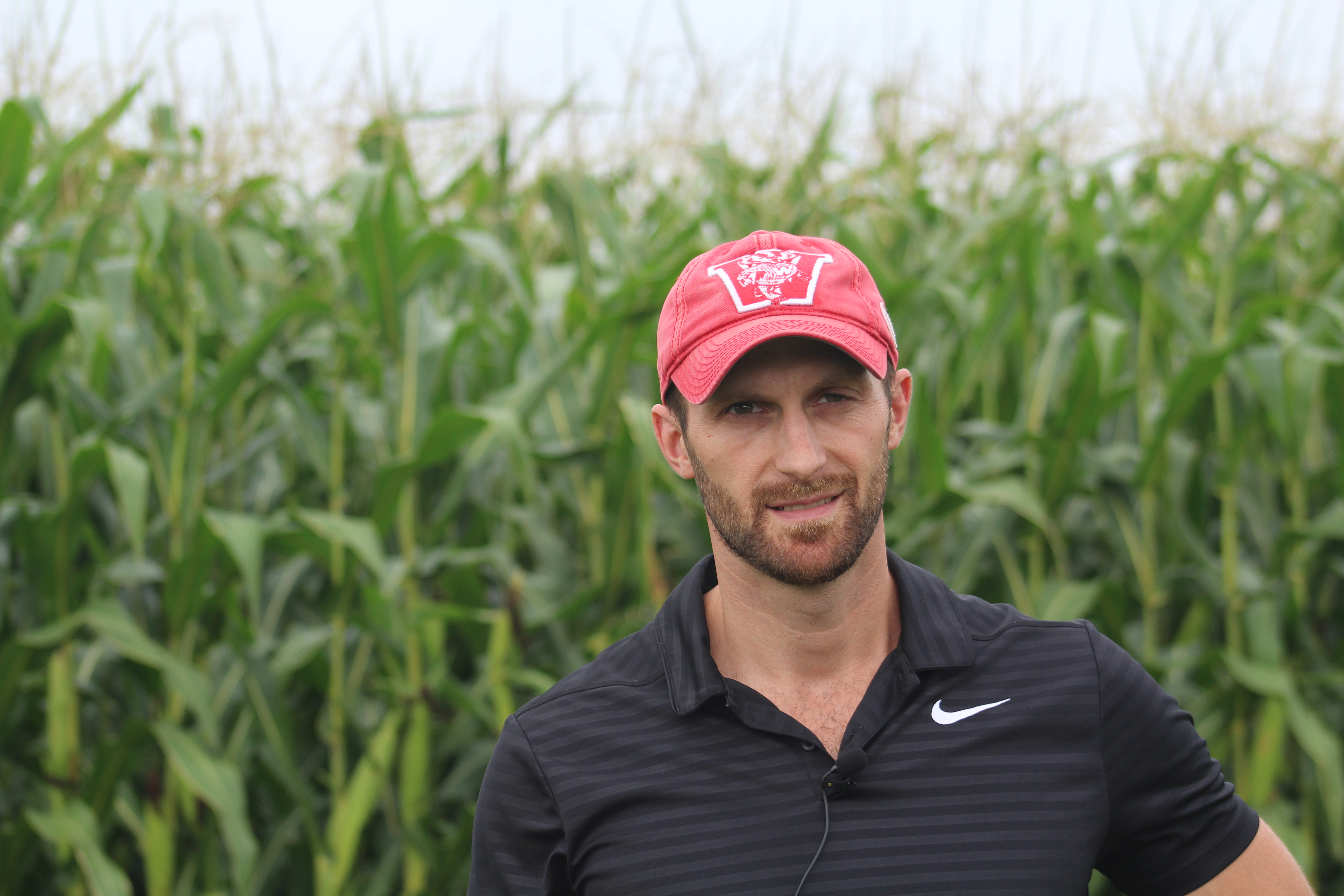The outlook for corn silage harvest timing is for a normal to earlier-than-normal harvest schedule with chopping well underway in Florida, Texas and the Southwest and expected to begin in southern Illinois and Wisconsin in the next two to three weeks. Overall, the weather has cooperated this season. Western and southwestern states have seen some dry spells and needed to lean on irrigation, but the High Plains, Midwest and Northeast have had adequate rainfall and supportive growing conditions.
“I’ve started to see some samples coming in from plots in the High Plains, so expect the harvest season to run mid-August through the end of September,” said Dr. John Goeser, Animal Nutrition, Research and Innovation director at Rock River Laboratory, Inc. “Based on the jet stream and weather patterns right now, we should have good conditions for chopping corn. We think with solid heat units and adequate moisture, producers will recognize average or below average fiber digestibility, which results in a little lower forage quality. However, we should have pretty good grain yield, which will offset that.”
The basic components of corn silage are grain and stover. Dr. Goeser expects the stover portion will be average to a little less than average in quality, with a high starch level and grain yield, based on current growing conditions.
Harvest Recommendations
From a management standpoint, producers should be able to build their forage inventories this year. Thus, an alternative strategy, if recognizing exceptional yield, is to consider raising the chop height up 6, 8, or even 12 inches to increase the grain to stover ratio.
“Raising chop height will increase energy density in corn silage, making it a higher starch content forage and feed,” he explained. “This may lessen ground corn or purchased corn needs. It reduces yield a little, but if standing plants are tall in the field and recognizing robust grain yields of 200 to 250 bushels/acre, it’s probably not a big deal to leave the bottom 18 to 24 inches of stock in the field. This management decision will not only increase the energy density, but it will also increase the fiber digestibility of the stover portion that is harvested.”
Luiz Ferraretto, assistant professor at the University of Wisconsin, has published numerous support tools on this topic to help your team make decisions.
The growing conditions and environment the plant experiences in the first one or two months of the growing season, before we get to the reproductive stage of where the plant is tasseling and going through pollination, will imprint the plant for the remainder of the year. The fiber digestibility of the stalk and stover will be set out at that point. This year’s plant is likely a sturdier, stronger plant that’s good for plant health, but it’s not good for rumen fiber digestibility.
“With the heat units and possibly drier conditions heading into harvest, ensure kernel processors and harvesters are ready to run from a maintenance standpoint,” he said. “Check bearings, roll integrity and gap clearances. It’s going to be very important this year to bust up that kernel to the greatest extent you can because I’m expecting not only a little harder stover but potentially harder grain as well if maturity advances quickly.”
Length of cut and fiber particle size can be adjusted, depending on forage inventory needs over the next 12 months. One aspect to consider – during very good harvest conditions, the plant can mature and dry out faster than we can harvest it. If that happens, shorten up the length of cut and tighten up the kernel processor. Shortening the length of the cut will improve both the packing and the stability in the silo, and it’ll also improve the cow’s ability to digest the more mature feed and less digestible fiber when it’s eventually fed out.
“From a harvest moisture standpoint, it’s important to monitor both whole plant moisture and kernel maturity,” he noted. “It’s important to focus on moisture to successfully preserve and ferment the crop, but we also want to focus on kernel maturity. The aim should be half-milk layer for ideal balance of starch and fiber digestibility as well as moisture. We can always capture more grain and greater starch yield by letting the plant mature and dry out a bit more, but the drop off in starch, and to some extent fiber digestibility, coupled with how a drier crop poorly packs and ferments are too much to take on.”
Start checking moisture and kernel maturity in-field in collaboration with your agronomist, a week or two weeks in advance of when you anticipate chopping corn. There are several growing degree days calculators available that can help target harvest date. For example, the University of Illinois online tool.

Headline image courtesy of Rock River Laboratory
To read more articles like this one:
Tips to Plan for Silage Harvest
Harvest Strategies to Optimize Corn Silage Quality
Hitting the Sweet Spot: When to Harvest Corn Silage
Drovers
Corn Silage: Predicting Harvest and Moisture Level for Better Quality
Whole-Plant Moisture – Knowing when to Pull the Trigger on Harvest
Corn Silage Harvest: An Exercise in Patience
Sponsored by Lallemand Animal Nutrition
Read original article: https://cattlemensharrison.com/current-corn-silage-conditions-2020-looks-like-a-bumper-crop/
By: Drovers
